Remembering artist Ashley Bickerton (1959 – 2022)
Ashley Bickerton, known for his subversive, conceptual takes on consumerism, has died aged 63. We explore his life, work, and extraordinary studio, photographed in 2017 when Wallpaper* US director Michael Reynolds and Stephen Kent Johnson visited the artist

Barbados-born American contemporary artist Ashley Bickerton has died at the age of 63.
Bali-based Bickerton’s work grew to prominence in the 1980s, and he is widely named as a contributor to the Neo-Geo movement – or Neo-Geometric Conceptualism – which first arose in New York. Encompassing artists including Peter Halley, Jeff Koons and Meyer Vaisman, the movement commented on social isolation and critiqued consumerism, commercialisation, and society in the late-1900s.
Though diagnosed with motor neurone disease in 2021, Bickerton persevered with his creative pursuits. ‘Life is to be lived and got on with, and I’m busy – too busy – for (pity),’ he told writer Michael Slenske in an interview last year. In 2023, Bickerton’s work will be presented at Gagosian New York, his first solo show with the gallery.
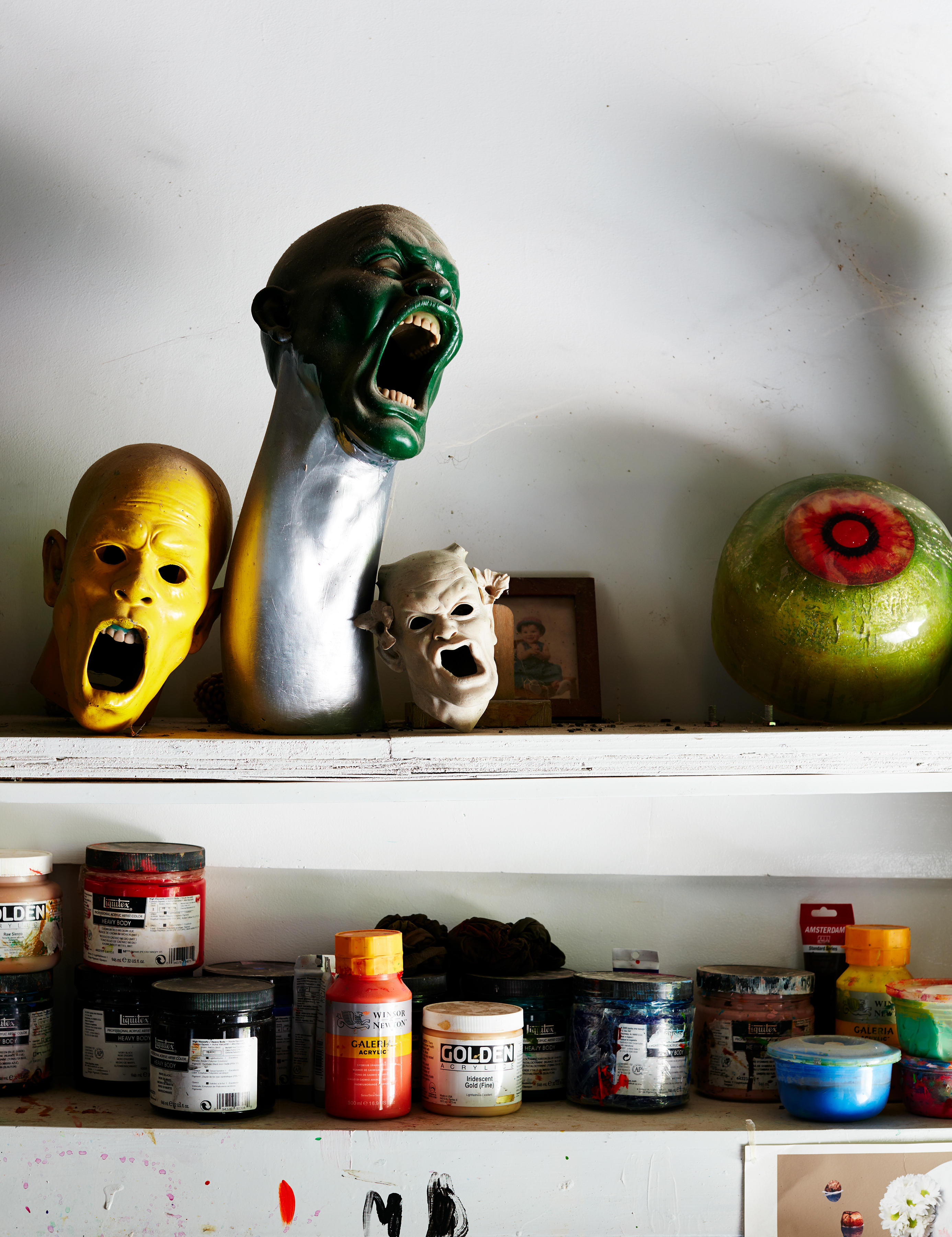
Sculptures in Ashley Bickerton's Bali studio in 2017
Bickerton's style took on influences from pop art, op art and minimalism while challenging structural discourses and questioning what the movement referred to as the ‘geometricisation of modern life’. Within the movement, his works drew attention from an early-career Damien Hirst, who recalls not knowing ‘whether he was a painter or sculptor’, and pointing to the indefinable nature of Bickerton’s ever-evolving creative identity. ‘I do not want to be a slave to a signature identifying brand look,’ he explained last year.
In 1993 Bickerton relocated from New York to Bali, and with his new home came new expressions; the abstraction in his work made way for confrontational depictions of the human form.
His oversized sculptures took the form of skin, bodies bound by rope, and twisting arcs of necks housing contorted faces. His years away from the creative scene he was so heavily involved in caused his work to evolve within Neo-Geo towards surrealism.
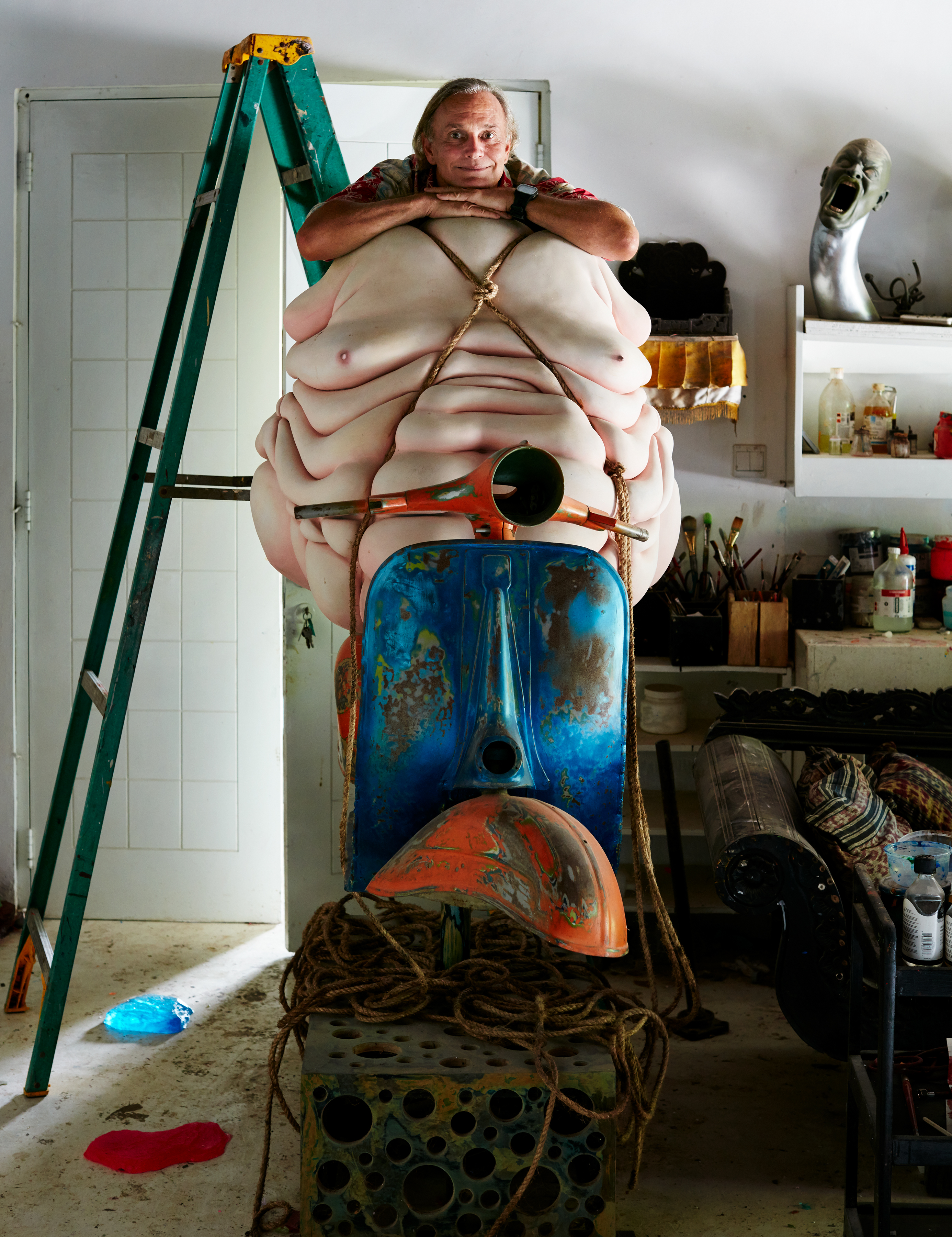
Ashley Bickerton resting his head on a sculpture, Fat Body on Vespa, 2015, in his Bali studio in 2017
In recent years, Bickerton’s work took on a more dystopian surrealism, while maintaining his potent comments on consumerism and human civilisation. In October 2022, he presented works in Paris alongside Nathaniel Mary Quinn and Brice Marden at Paris+ par Art Basel, and his work has been shown at galleries in New York, LA and Singapore throughout 2022, including the notable exhibition ‘Seascapes at the End of History’ at Lehmann Maupin New York. These complex exhibitions, often combining sculpture, relief, painting and assemblage, brought dynamism and vibrancy to their audiences, much like the legacy Ashley Bickerton will leave behind.
Receive our daily digest of inspiration, escapism and design stories from around the world direct to your inbox.
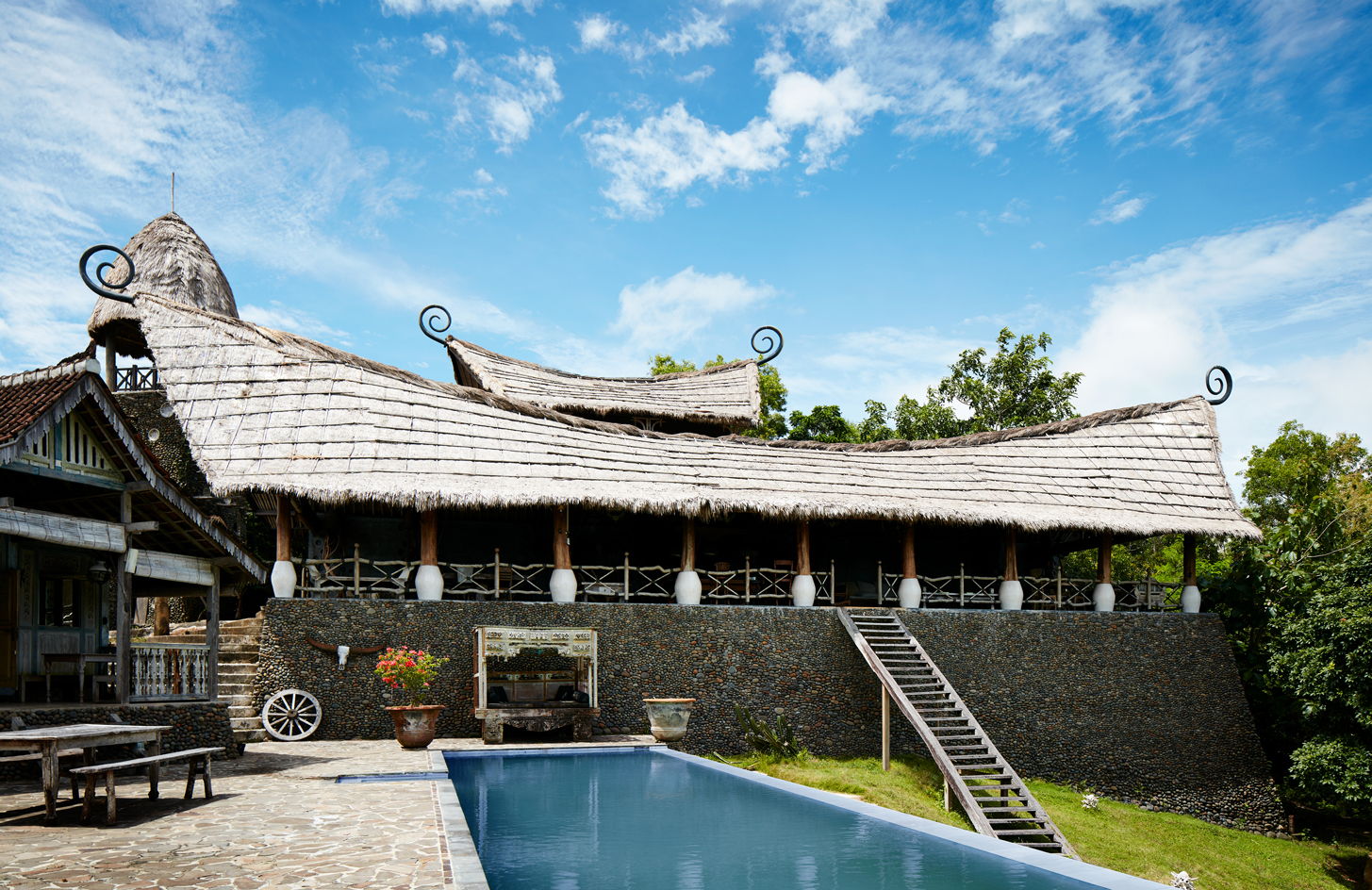
Ashley Bickerton's Bali home and studio in 2017
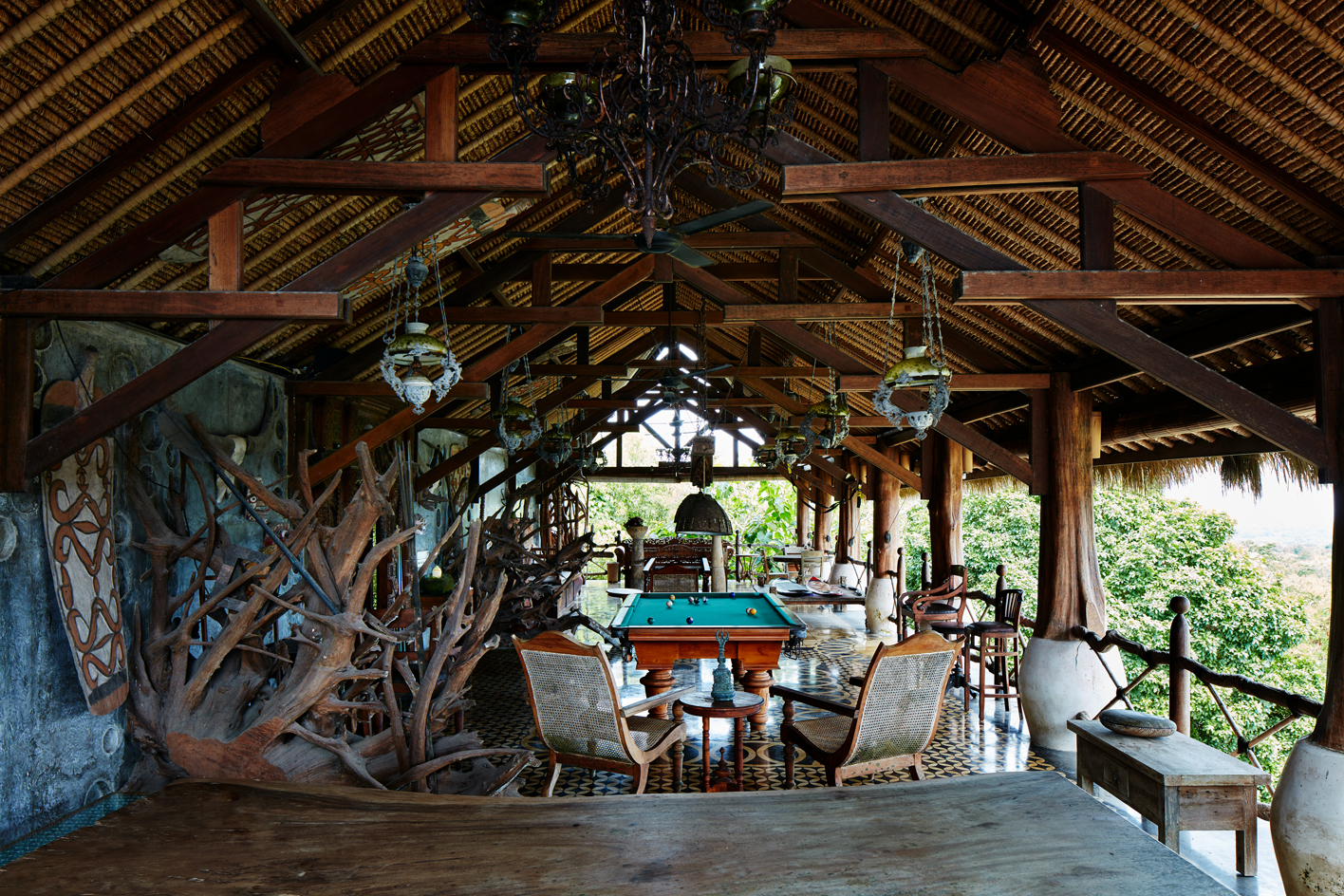
Ashley Bickerton's Bali home and studio in 2017
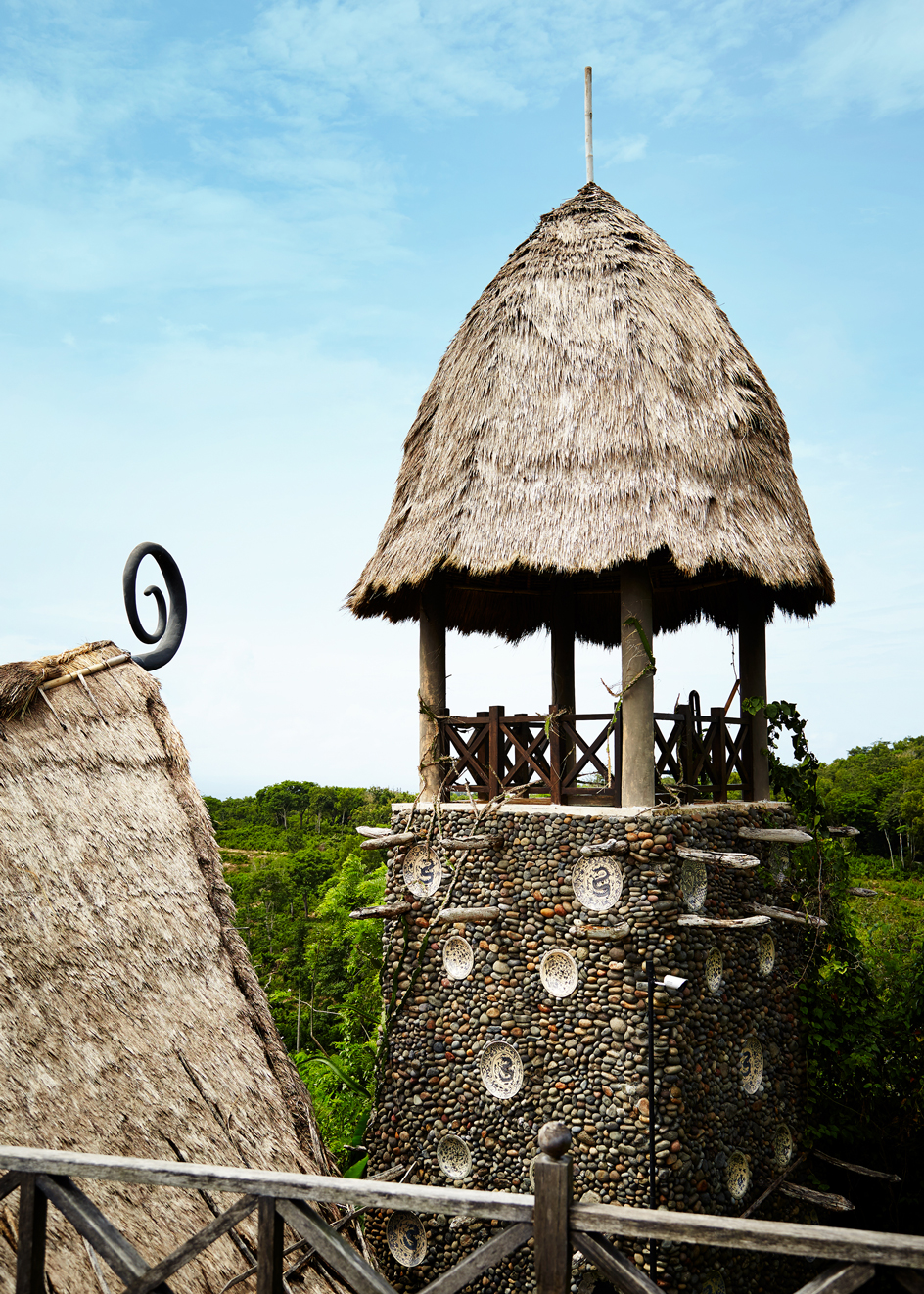
Ashley Bickerton's Bali home and studio in 2017
Martha Elliott is the Junior Digital News Editor at Wallpaper*. After graduating from university she worked in arts-based behavioural therapy, then embarked on a career in journalism, joining Wallpaper* at the start of 2022. She reports on art, design and architecture, as well as covering regular news stories across all channels.
-
 Year in Review: we’re always after innovations that interest us – here are ten of 2025’s best
Year in Review: we’re always after innovations that interest us – here are ten of 2025’s bestWe present ten pieces of tech that broke the mould in some way, from fresh takes on guitar design, new uses for old equipment and the world’s most retro smartwatch
-
 Art and culture editor Hannah Silver's top ten interviews of 2025
Art and culture editor Hannah Silver's top ten interviews of 2025Glitching, coding and painting: 2025 has been a bumper year for art and culture. Here, Art and culture editor Hannah Silver selects her favourite moments
-
 In Norway, remoteness becomes the new luxury
In Norway, remoteness becomes the new luxuryAcross islands and fjords, a new wave of design-led hideaways is elevating remoteness into a refined, elemental form of luxury
-
 Remembering David Lynch (1946-2025), filmmaking master and creative dark horse
Remembering David Lynch (1946-2025), filmmaking master and creative dark horseDavid Lynch has died aged 78. Craig McLean pays tribute, recalling the cult filmmaker, his works, musings and myriad interests, from music-making to coffee entrepreneurship
-
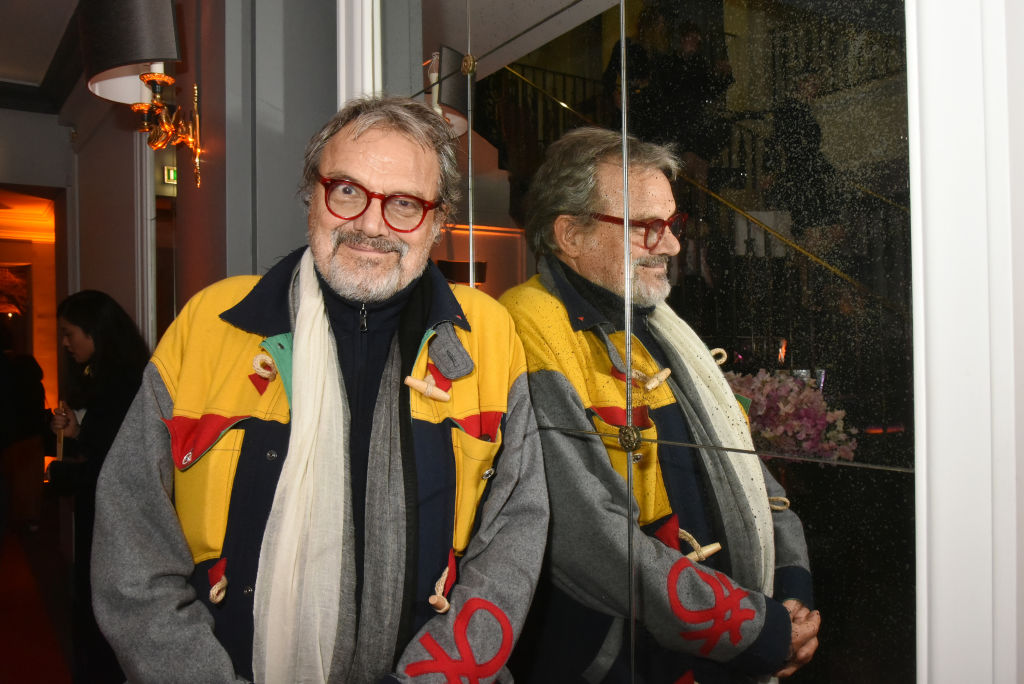 Remembering Oliviero Toscani, fashion photographer and author of provocative Benetton campaigns
Remembering Oliviero Toscani, fashion photographer and author of provocative Benetton campaignsBest known for the controversial adverts he shot for the Italian fashion brand, former art director Oliviero Toscani has died, aged 82
-
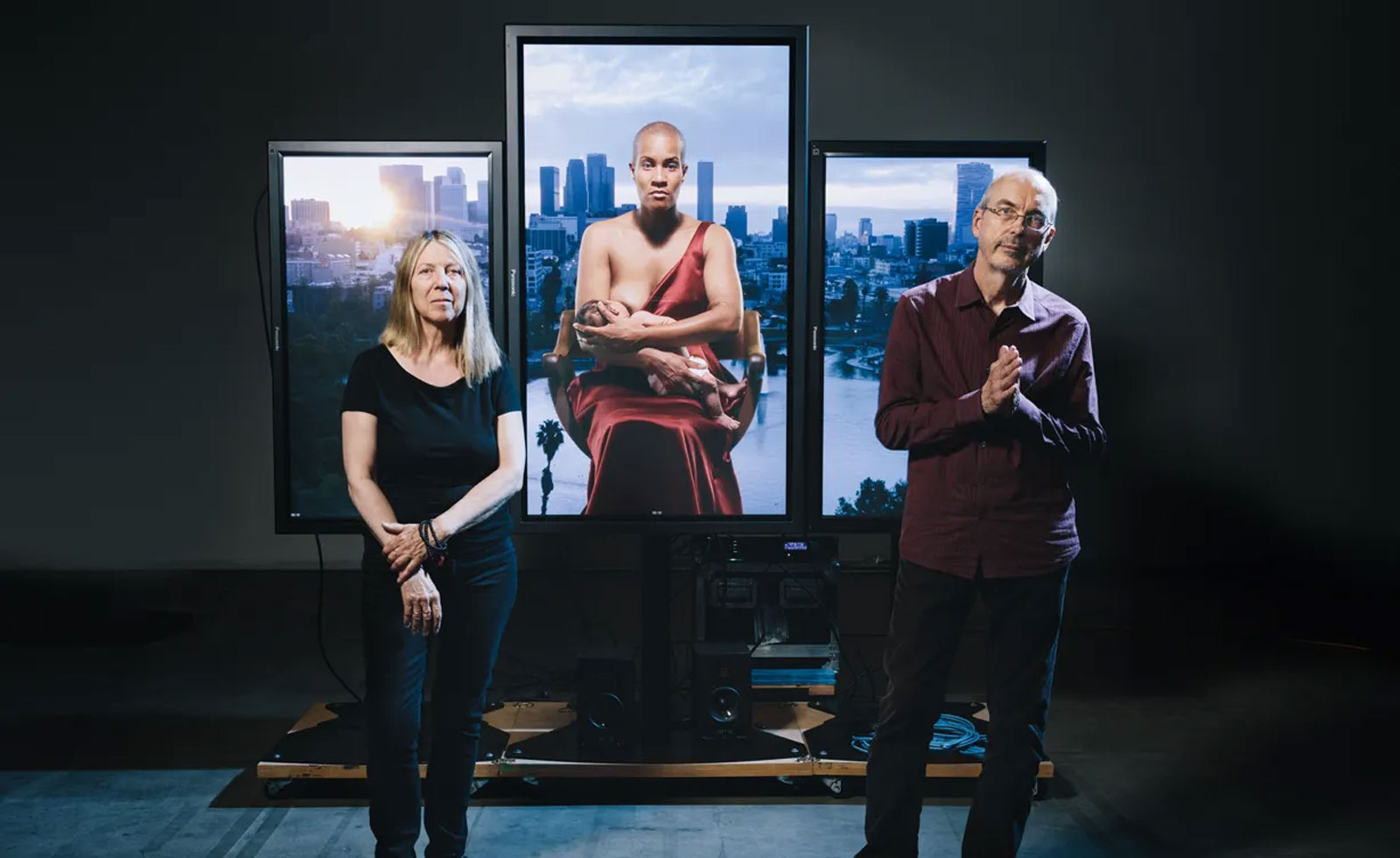 Remembering Bill Viola (1951-2024), the video artist asking the big questions
Remembering Bill Viola (1951-2024), the video artist asking the big questionsAmerican artist Bill Viola has died aged 73 in California
-
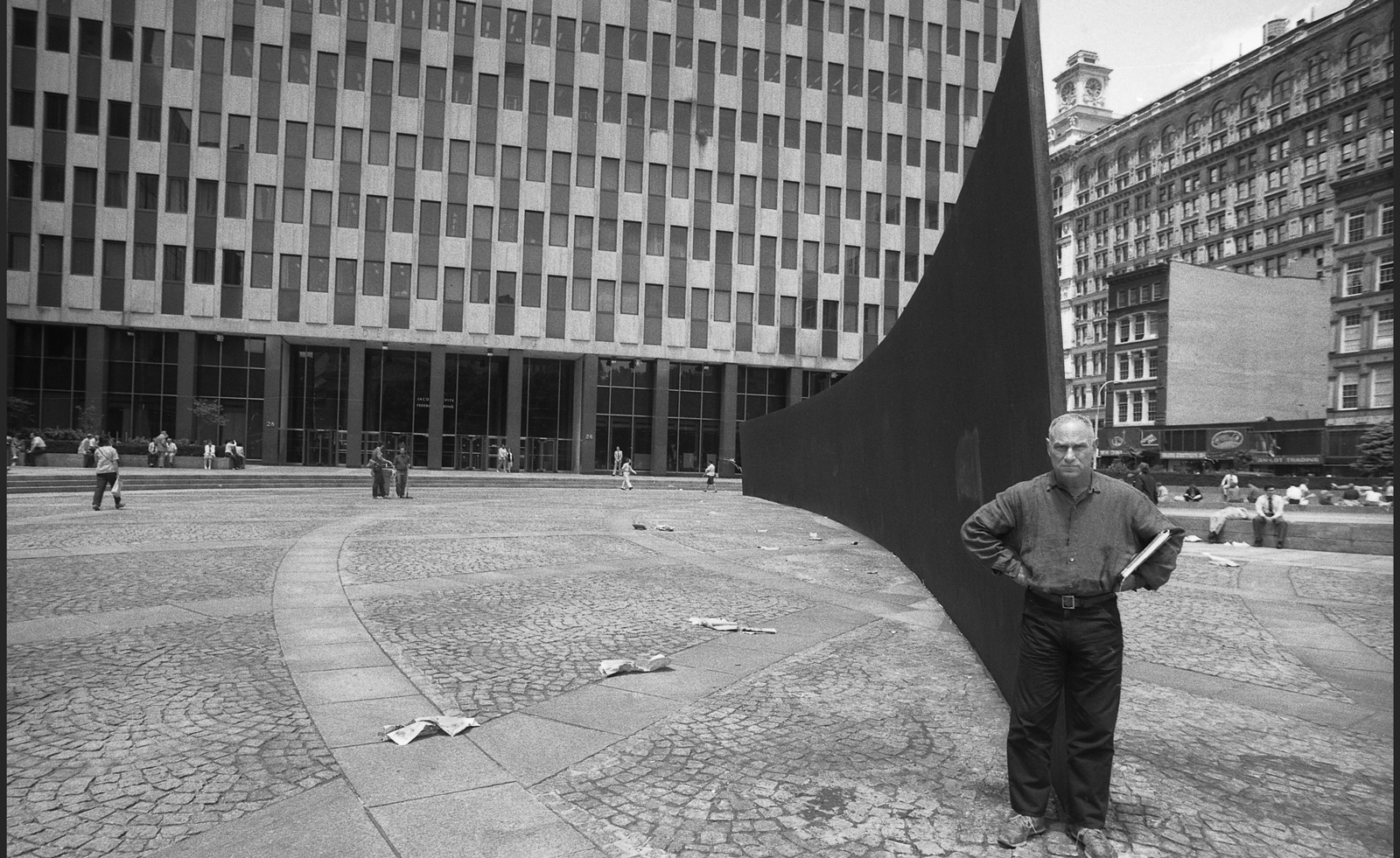 Remembering Richard Serra (1938-2024), American art’s man of steel
Remembering Richard Serra (1938-2024), American art’s man of steelAmerican artist Richard Serra, whose vast sculptures transformed landscapes around the world, has died aged 85
-
 Jeff Koons’ art has landed on the moon with Odysseus
Jeff Koons’ art has landed on the moon with Odysseus‘Jeff Koons: Moon Phases’ is on the Odysseus lunar lander and due to make a giant NFT leap for the artist, having landed on Thursday 22 February 2024
-
 In memoriam: photographer Brian Griffin (1948 – 2024)
In memoriam: photographer Brian Griffin (1948 – 2024)Remembering British photographer Brian Griffin, we look back on his playful shoot for Wallpaper* May 2018
-
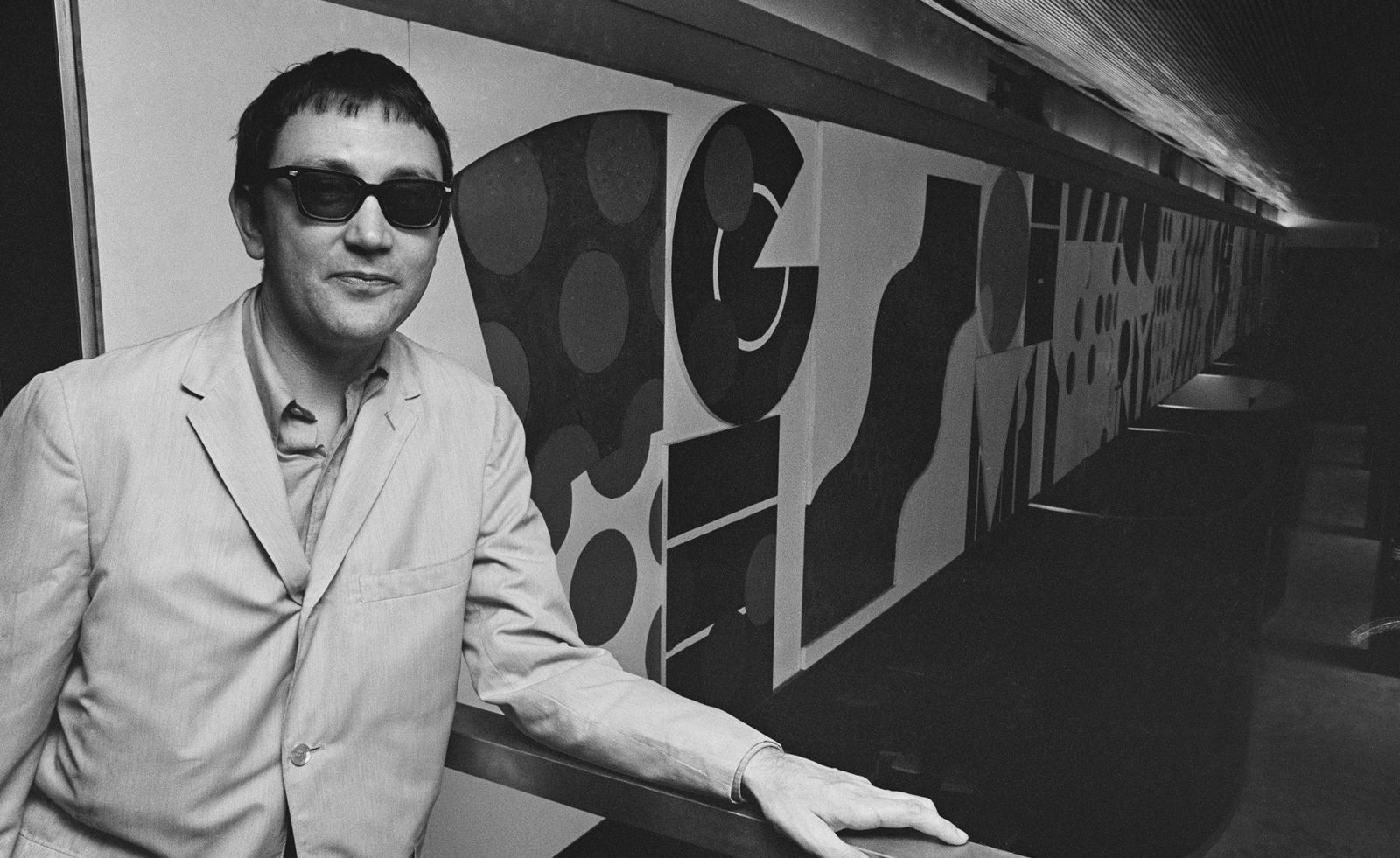 In memoriam: Joe Tilson (1928 – 2023)
In memoriam: Joe Tilson (1928 – 2023)We remember British artist Joe Tilson, who brought a joyful riot of colour to the Pop Art scene
-
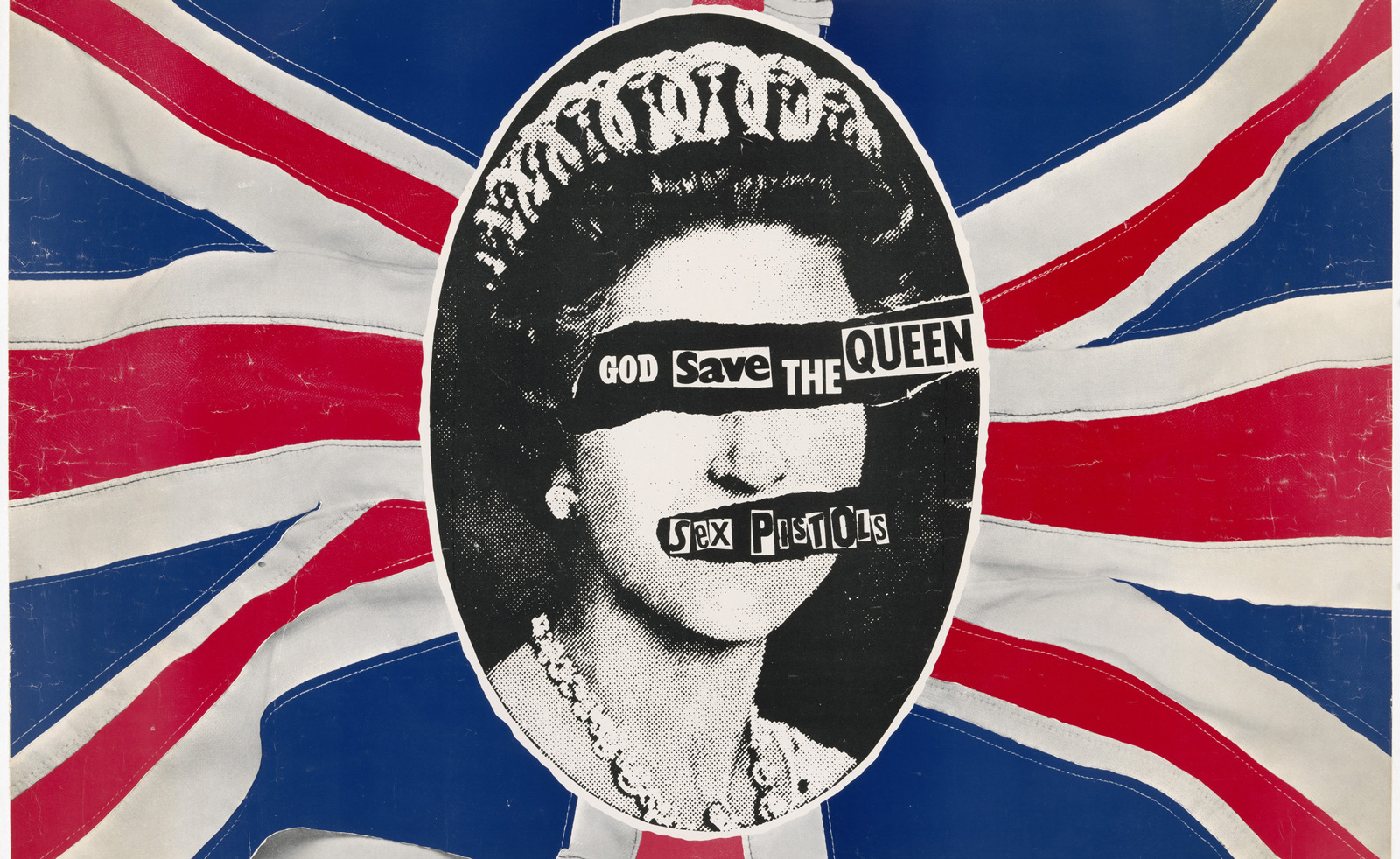 In memoriam: Sex Pistols album artist Jamie Reid (1947 – 2023)
In memoriam: Sex Pistols album artist Jamie Reid (1947 – 2023)Jamie Reid was best known for his bold album artwork for the Sex Pistols